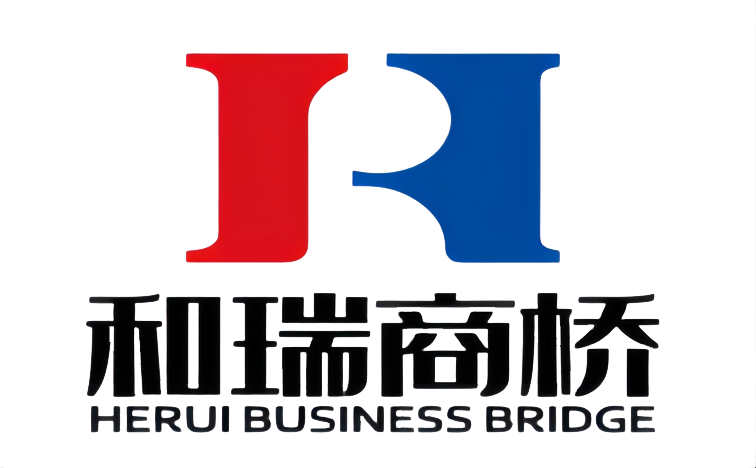It looks like silk, with its own delicate pearlescent shine, but it’s easier to care for than silk, and it’s more comfortable to wear.” Hearing such a recommendation, you can surely guess this summer suitable fabric – triacetate fabric.
This summer, triacetate fabrics with their silk-like luster, cool and smooth feel, and excellent pendant sex won the favor of many fashionistas. Open the Little Red Book and search for “triacetic acid”, you can find more than 10,000 notes to share. What’s more, the fabric doesn’t require much care to stay flat, and it can look like a thousand yuan.
In recent years, triacetate has often appeared on the runway of Marc Jacobs, Alexander Wang and Acne Studios. It is one of the must-have spring and summer fabrics for many major brands and has been the focus of many luxury brands. What exactly is triacetate? Can it really be compared to real silk? Is diacetic acid fabric inferior to triacetic acid?
01.What is triacetate
Triacetate is a kind of Cellulose Acetate (CA), which is a chemical fiber made of Cellulose Acetate by chemical synthesis. To put it simply, it is a kind of natural wood pulp as the raw material of recycled fiber, which is a new kind of natural and high-tech fiber developed by Mitsubishi Corporation of Japan.
02.What are the advantages of triacetate fiber?
Triacetate is popular, mainly because it can be used with mulberry silk, known as “washable plant silk”. Triacetate has a similar gloss to mulberry silk, has a smooth drape, is very soft and produces a cool touch on the skin. Compared with polyester fiber, its water absorption is good, fast drying, not easy to electrostatic. More importantly, it overcomes the shortcomings of silk and wool fabrics that are not easy to take care of and not easy to wash. It is not easy to deform and wrinkle.
In terms of sustainable development, triacetic acid fabric is made of high-purity wood pulp, and the raw materials are all from the sustainable ecological forest under good management, which is a sustainable material and eco-friendly.
03.How to distinguish diacetic acid from triacetic acid?
Many businesses like triacetic acid fabric and diacetic acid fabric contrast to highlight the advantages of triacetic acid. In fact, diacetic acid and triacetic acid are very similar. They have the same cool and smooth feel and droppiness as silk, and are resistant to washing and wearing like polyester. However, diacetic acid has a slightly thicker fiber and less abundant texture changes than triacetic acid, but it is more wear-resistant and cost-effective.
The easiest way to tell diacetic acid from triacetic acid is to look at the product label. Because the cost of the two fabrics is quite different, if the product ingredient is triacetic acid, the brand will identify it. Not specifically pointed out is triacetate fiber, generally referred to as acetate fiber refers to diacetate fiber.
Judging from the feel, diacetic acid fabric feel dry, slightly adsorption; Triacetate fabric feel more smooth, drape strong, closer to silk.
From a professional point of view, both diacetate and triacetate belong to acetate fiber (also known as acetate fiber), which is one of the earliest chemical fibers developed in the world. Acetate fiber is made of cellulose pulp as raw material, after acetylation, cellulose esterified derivatives are formed, and then by dry or wet spinning process. Cellulose can be divided into diacetate fiber and triacetate fiber according to the degree of hydroxyl group replaced by acetyl group.
The second vinegar is a type 1 acetate formed by partial hydrolysis, and its esterification degree is lower than that of the third vinegar. Therefore, the heating performance is less than three vinegar, the dyeing performance is better than three vinegar, the moisture absorption rate is higher than three vinegar.
Three vinegar is a type of acetate, without hydrolysis, the degree of esterification is higher. Therefore, the light and heat resistance is strong, the dyeing performance is poor, the moisture absorption rate (also called moisture return rate) is low.
04.Which is better than triacetic acid and mulberry silk?
Each fiber has its own advantages. Triacetate fiber is similar to mulberry silk in appearance, feel and draping.
From a professional point of view, the theory of mechanical properties, the strength of the three acetate on the low side, the breaking elongation is bigger, the ratio of wet strength and dry strength is low, but higher than that of viscose rayon, initial modulus is small, the moisture regain is lower than mulberry silk, but higher than synthetic fiber, the ratio of its strong wet and dry strength, relative hook strength and the knot strength, the elastic recovery rate and mulberry silk. Therefore, the performance of acetate fiber is the closest to mulberry silk in chemical fiber.
Compared with mulberry silk, triacetic acid fabric is not so delicate, made of its clothes are not easy to wrinkle, can well maintain the version, better daily maintenance and care.
Mulberry silk, known as the “fiber queen”, although skin-friendly breathable, smooth and soft, noble and elegant, but the shortcomings are also very obvious, care and maintenance is more troublesome, color fastness is also the soft underbelly of natural fabrics.
Understanding these advantages and disadvantages, you can choose their own fabric according to their own needs
Post time: Aug-02-2022


